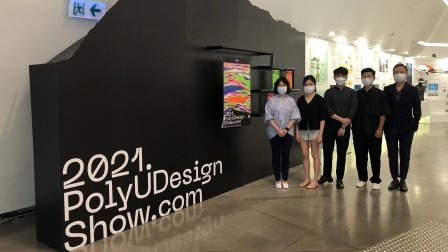PolyU’s novel plastic optical fibre sensors enable whole new medical applications inside the human body
The use of fibre optics technology in medical applications has been growing, such as in surgical instrumentation, diagnostic and imaging equipment, or sensor-based wearable medical devices. But until now, the adoption of fibre optic sensing technology – already commonly used in railway safety monitoring – has made little progress in the application of medical monitoring inside the human body.
The problem: common glass optical fibres are too stiff and brittle for the job.
There are also optical fibres made of plastic, which have received renewed attention in new applications like consumer electronics and avionics. But traditional plastic fibres tend to absorb water and adversely affect the operation of optical fibre sensors in the humid environment within the human body.
Another challenge is that optical fibre sensors need to be much more sensitive so that they can detect very subtle changes in the body for the purpose of medical monitoring.
The research team led by Professor Hwa-yaw Tam, Chair Professor of Photonics and Head of the Department of Electrical Engineering at PolyU, made a critical breakthrough by basing their novel fibre optic sensors on an advanced plastic material, ZEONEX, that solves the problems arising from glass and traditional plastic.
The new “Side Hole Polymer Optical Fibre Sensors” are also made more sensitive by adding a side hole running in parallel with the light transmission path inside the optical fibre, making their sensitivity to pressure twenty times that of traditional optical fibre sensors.
Professor Tam believes the sensors enable whole new applications for medical monitoring inside the human body not available before. “The new plastic sensors are humidity insensitive, supple and shatter-resistant. They are also chemically inert, biocompatible, and can be made super tiny in size. These unique features make the sensors ideal for integration with medical implants,” he said.
His team is working with counterparts from Australian and Japanese universities to develop various sensors for medical monitoring applications, including a smart cochlear implant featuring the PolyU sensors that could provide critical information about location and force to surgeons in real time during the implantation procedure.
“We also seek to develop a sensing network that integrates our sensors with emerging technologies like the wireless Internet-of-Things. The sensing network would help patients around the world via technological innovation,” he said.







